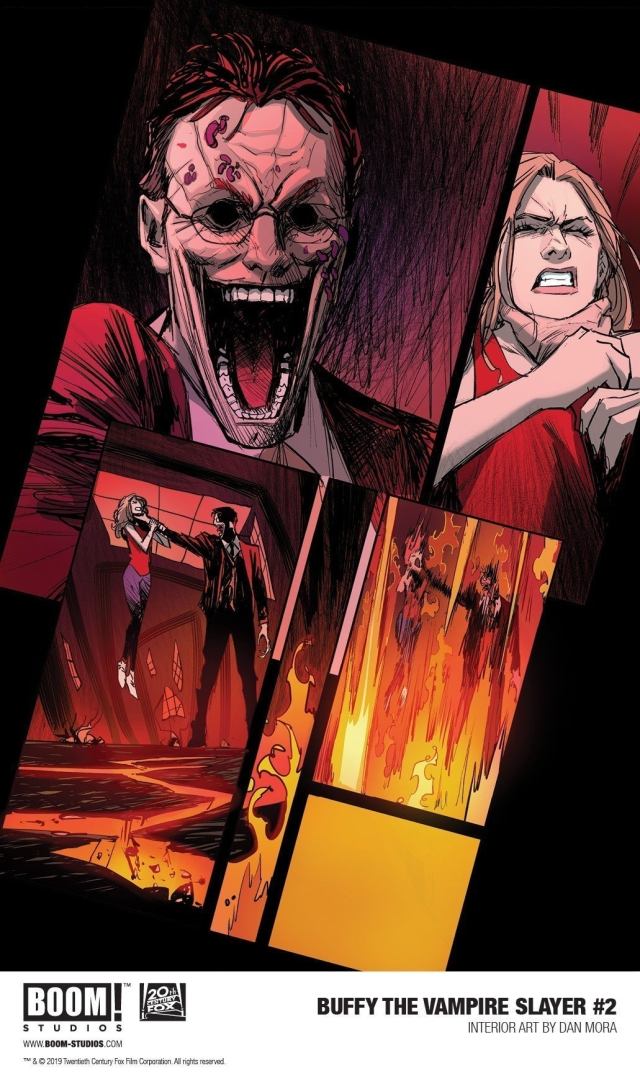SPOOKY

Midsommar (2019)
This movie is spectacular. Despite sharing common themes with Ari Aster’s masterpiece Hereditary (2018), it’s a completely different film. It’s equally soul-crushing, though the ending is might leave you feeling ambivalent (in a good way). His first film is superior, but something about Midsommar makes it equally compelling. Also we need more good cult-themed horror movies. Massive TW for multiple suicides (one in particular may be especially upsetting to neurodivergent people like myself) and sexual assault.
Cold Fish (2010)
Sion Sono makes some of the best and most disturbing horror. TAG (2015) is one of my favourites, and Strange Circus (2005) is impossible to forget. This film makes me wanna die less after watching it than Strange Circus, but just barely. Take an stagnating family and mix in serial killers, exotic fish, and trauma and you get Cold Fish. TW for sexual assault multiple times over.
The Wind (2018)
A fantastic nonlinear slow burn by a female director. Emma Tammi’s film walks the line between spooky and psychological. By the end you’re not 100% sure which option is better (or worse?). The setting is empty and unsettling in its isolation, but the two female leads give the movie all the life it needs. While certain aspects are definitely predictable, that doesn’t detract from the story at all.
Creepy (2016)
I love Kiyoshi Kurosawa’s 1997 serial killer horror film Cure. In some ways I feel like it’s the Japanese Seven (1995). It’s atmospheric and the mystery is super compelling. I don’t want to give anything away. Just watch it. Creepy is a return to the serial killer and mystery themes, but has a completely different vibe despite some shared elements. I don’t want to give anything away about this one either. It’s my second favourite horror movie I’ve seen this year (after Midsommar).
Buffy The Vampire Slayer (BOOM! Studios)
Wow wow wow. This updated take on the Buffyverse is A++. It stays true to the characters (though for some it’s closer to how they evolved later in Buffy/Angel rather than how they started off) and the overall spirit of the Buffy tv series while changing up enough things to make it new and unpredictable. For example, Willow has her sexuality figured out at a much earlier age. This is great because it reflects the changes that have happened since the series aired in the 90s/early 2000s, and also because there’s a queer character whose story doesn’t revolve around her struggles with her sexuality. It’s not that those storylines aren’t great or valid. The issue is that so many works of fiction involving LGBT+ characters are solely about that, and their character does not receive any further consideration. I could go on. Maybe in a future post. I will say that this will probably make most Buffy fans very happy.

